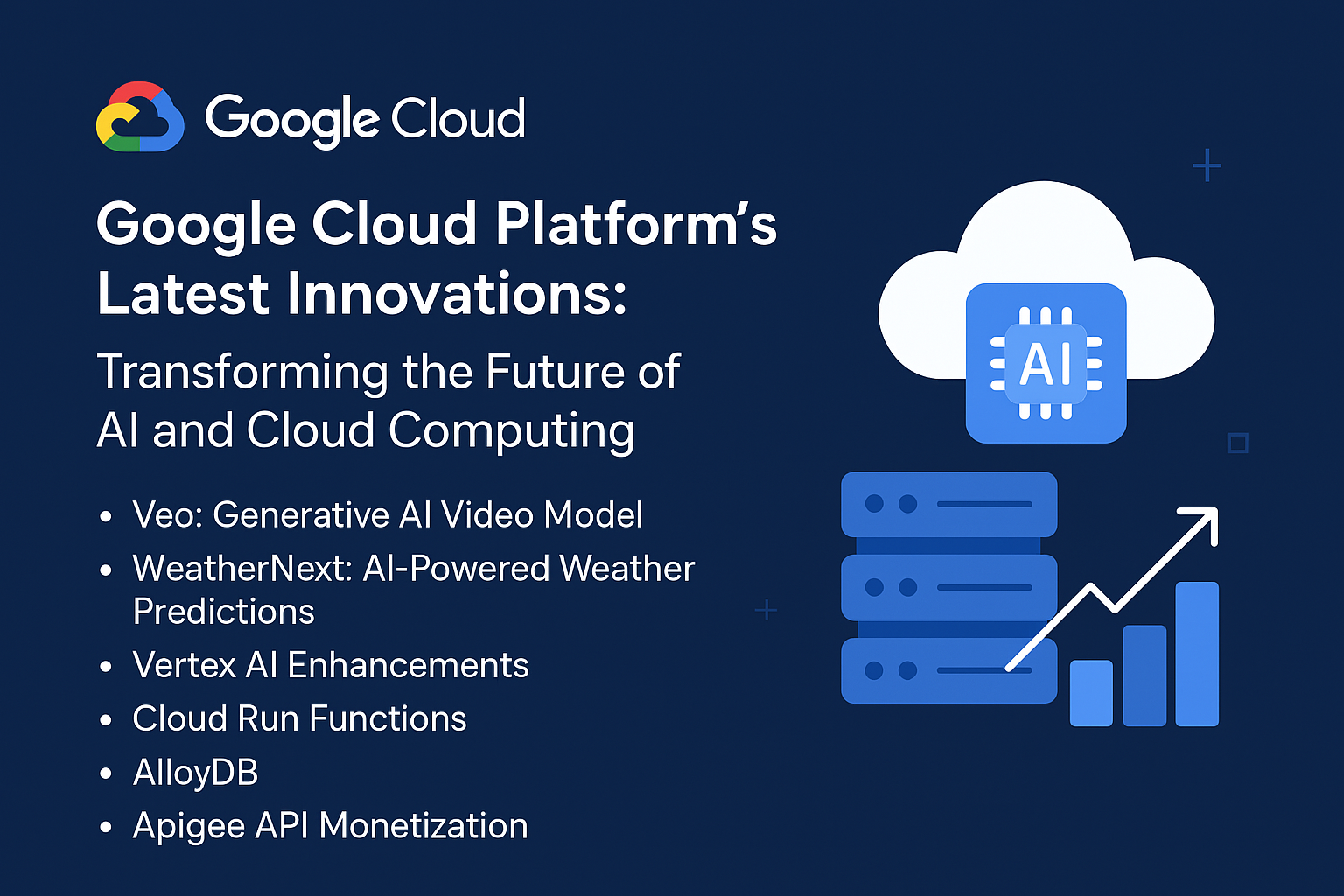
Predictive Analytics and Its Importance for Business Analysts
citadelcloud
In the rapidly evolving landscape of modern business, data has emerged as a crucial asset for organizations of all sizes. Leveraging data effectively can provide a competitive edge, drive strategic decisions, and enhance operational efficiency. One of the most powerful tools in this data-driven arsenal is predictive analytics. This article delves into what predictive analytics entails, its significance for business analysts, and its broader impact on the business world.
Understanding Predictive Analytics
Predictive analytics involves the use of statistical techniques, machine learning algorithms, and data mining to analyze historical data and make predictions about future outcomes. Unlike descriptive analytics, which focuses on summarizing past data, predictive analytics aims to forecast future trends, behaviors, and events. This proactive approach enables businesses to anticipate challenges and seize opportunities.
The Core Components of Predictive Analytics
To comprehend the full potential of predictive analytics, it’s essential to understand its core components:
1. Data Collection and Preparation
The foundation of predictive analytics lies in robust data collection and preparation. This involves gathering relevant data from various sources, cleaning it to ensure accuracy, and transforming it into a suitable format for analysis.
2. Statistical Modeling
Statistical models are the backbone of predictive analytics. These models utilize historical data to identify patterns and relationships, which can then be used to predict future outcomes. Common statistical techniques include regression analysis, time series analysis, and classification algorithms.
3. Machine Learning Algorithms
Machine learning algorithms enhance the predictive capabilities of analytics by allowing systems to learn from data and improve their predictions over time. Techniques such as decision trees, neural networks, and support vector machines are commonly employed in predictive analytics.
4. Data Visualization
Effective data visualization tools are crucial for interpreting and communicating the results of predictive analytics. Visual representations, such as graphs, charts, and dashboards, make complex data insights accessible and actionable for decision-makers.
Importance of Predictive Analytics for Business Analysts
Business analysts play a pivotal role in bridging the gap between data and decision-making. Predictive analytics equips them with the tools and insights needed to drive business success. Here’s how:
1. Informed Decision-Making
Predictive analytics empowers business analysts to make informed decisions based on data-driven insights. By understanding potential future scenarios, analysts can guide strategic planning, resource allocation, and risk management with greater precision.
2. Enhanced Customer Understanding
Understanding customer behavior is critical for any business. Predictive analytics enables business analysts to segment customers, predict their future actions, and tailor marketing strategies accordingly. This leads to improved customer satisfaction and retention.
3. Operational Efficiency
Predictive analytics helps identify inefficiencies in business processes and operations. By predicting potential bottlenecks and resource constraints, analysts can recommend optimizations that streamline workflows and reduce costs.
4. Risk Mitigation
Business environments are fraught with uncertainties. Predictive analytics allows analysts to assess potential risks and devise mitigation strategies. Whether it’s financial risks, market volatility, or supply chain disruptions, predictive insights enable proactive risk management.
5. Competitive Advantage
In today’s competitive landscape, staying ahead of the curve is essential. Predictive analytics provides business analysts with a strategic advantage by uncovering emerging trends, market opportunities, and competitive threats. This foresight allows businesses to adapt swiftly and outperform their competitors.
Applications of Predictive Analytics in Business
Predictive analytics has a wide range of applications across various industries. Here are some notable examples:
1. Marketing and Sales
Predictive analytics can identify high-potential leads, optimize marketing campaigns, and forecast sales trends. This leads to more effective targeting, increased conversion rates, and higher revenue.
2. Finance and Risk Management
In the finance sector, predictive analytics is used to detect fraudulent activities, assess credit risk, and optimize investment portfolios. It helps financial institutions make data-driven decisions that enhance profitability and security.
3. Supply Chain Management
Predictive analytics improves supply chain efficiency by forecasting demand, optimizing inventory levels, and predicting potential disruptions. This ensures smoother operations and reduced costs.
4. Human Resources
HR departments use predictive analytics to enhance talent acquisition, predict employee turnover, and identify training needs. This leads to a more engaged and productive workforce.
5. Healthcare
In healthcare, predictive analytics aids in disease outbreak prediction, patient outcome forecasting, and resource allocation. It enhances patient care and operational efficiency.
Challenges and Considerations in Implementing Predictive Analytics
While the benefits of predictive analytics are substantial, its implementation comes with challenges:
1. Data Quality and Integration
The accuracy of predictive analytics depends on the quality of the data used. Ensuring data is clean, consistent, and integrated from various sources can be a complex task.
2. Model Complexity
Developing and maintaining predictive models requires expertise in statistical analysis and machine learning. Organizations need skilled professionals to build, validate, and refine these models.
3. Ethical and Privacy Concerns
The use of predictive analytics raises ethical and privacy concerns, especially when dealing with sensitive customer data. Organizations must adhere to data protection regulations and ensure ethical use of predictive insights.
4. Change Management
Implementing predictive analytics often requires changes in business processes and decision-making approaches. Effective change management strategies are essential to ensure smooth adoption and integration.
Future Trends in Predictive Analytics
The field of predictive analytics is continually evolving, driven by advancements in technology and data science. Some future trends to watch include:
1. Integration with Artificial Intelligence
The integration of predictive analytics with artificial intelligence (AI) will enhance its capabilities. AI can automate model building, improve accuracy, and uncover deeper insights from data.
2. Real-Time Analytics
Real-time predictive analytics will become more prevalent, allowing businesses to make immediate decisions based on up-to-the-minute data. This will be particularly valuable in dynamic industries such as finance and retail.
3. Explainable AI
As predictive models become more complex, the need for explainable AI will grow. Businesses will demand transparency in how predictions are made, fostering trust and accountability.
4. Industry-Specific Solutions
Predictive analytics solutions will become increasingly tailored to specific industries. This customization will address unique challenges and provide more relevant insights for businesses.
FAQs about Predictive Analytics
1. What is predictive analytics?
Predictive analytics involves using statistical techniques and machine learning algorithms to analyze historical data and predict future outcomes. It helps businesses anticipate trends, behaviors, and events.
2. How does predictive analytics benefit business analysts?
Predictive analytics provides business analysts with data-driven insights that enhance decision-making, customer understanding, operational efficiency, risk mitigation, and competitive advantage.
3. What industries can benefit from predictive analytics?
Predictive analytics has applications across various industries, including marketing and sales, finance, supply chain management, human resources, and healthcare.
4. What are the challenges of implementing predictive analytics?
Challenges include ensuring data quality, managing model complexity, addressing ethical and privacy concerns, and implementing effective change management strategies.
5. What are future trends in predictive analytics?
Future trends include the integration with artificial intelligence, real-time analytics, explainable AI, and industry-specific solutions.
Conclusion
Predictive analytics is a transformative tool for business analysts, enabling them to harness the power of data to drive strategic decisions and operational excellence. By understanding and leveraging predictive analytics, businesses can navigate uncertainties, capitalize on opportunities, and maintain a competitive edge in today’s data-driven world. As technology continues to advance, the potential of predictive analytics will only grow, offering even greater insights and value to organizations across industries.
Table of Contents
Latest Articles

ADDRESS
Houston, Texas USA
US LINE
+1 (346) 652-4970
NIGERIA LINE
081 2852 0152
MAIL ADDRESS
info@citadelcloudmanagement.com
QUICK LINKS
- © 2025. All Rights Reserved By Citadel Cloud Management
